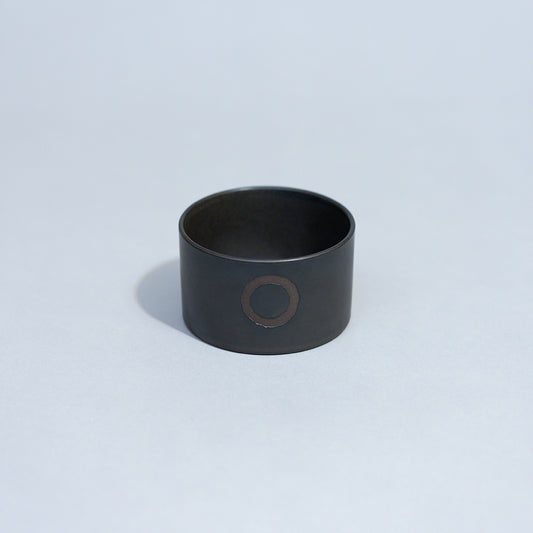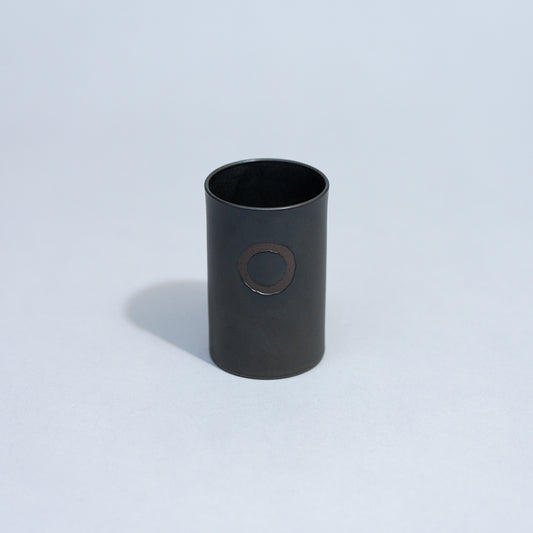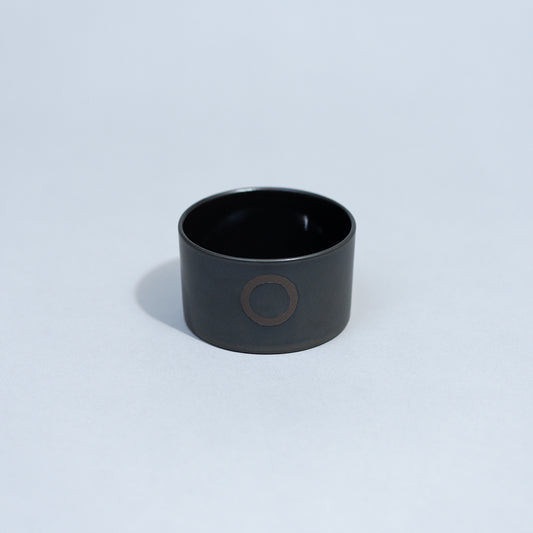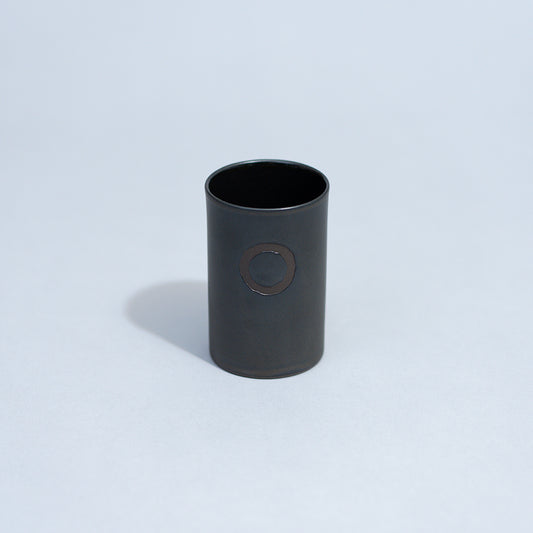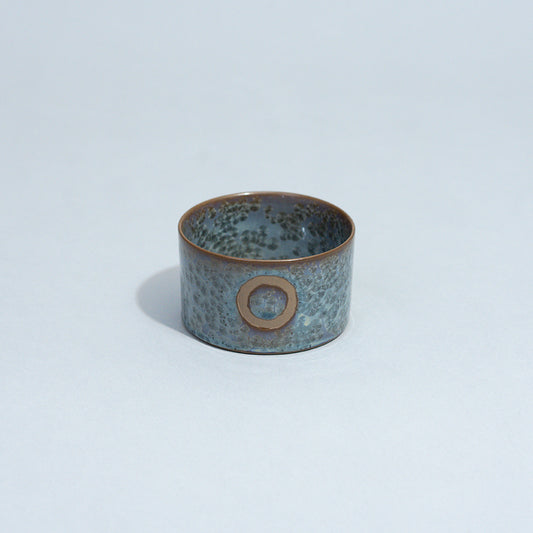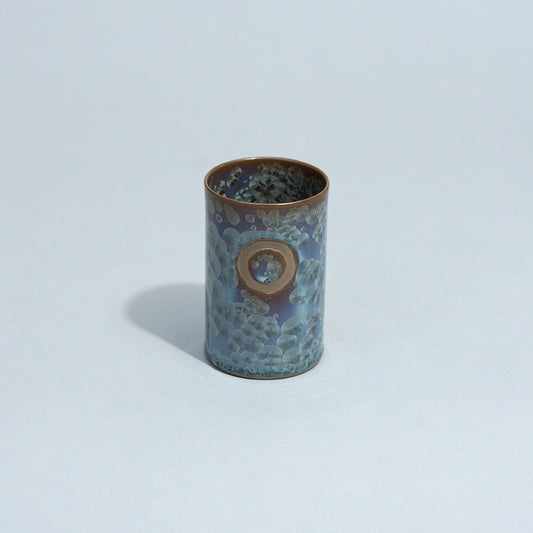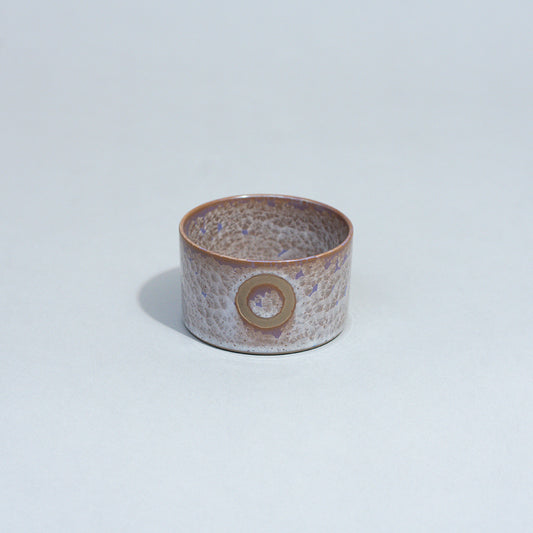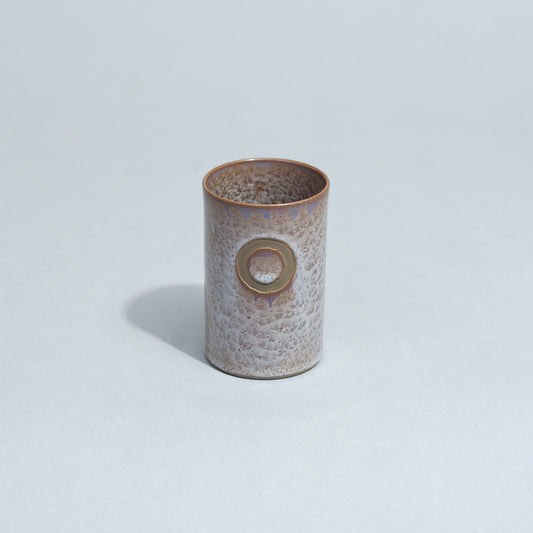In Japanese architecture, there is a space called a tokonoma.
It is a raised space in a Japanese-style room where you can hang scrolls or arrange flowers, but don't you think it's quite mysterious?
In daily life, it is not necessarily necessary to have a tokonoma (in fact, most homes don't have one).
I don't cook or eat there, I don't sit there to rest, and I don't store anything there.
The tokonoma is there, even though it is a space we could live without.
Why is that?
. . . .
I think the tokonoma is a place to focus your heart.
Being in the same space as a hanging scroll with something written on it or a plant arrangement draws your attention “somehow.”
It seems that the Japanese have always treasured this emotional movement.
Useless use.
A necessary waste.
Naturally unnatural.
Waste and necessity coexist.
That's interesting.
If humans need waste, then the concept of waste itself is contradictory, leading to a circular argument, but that can be fun, too.
I feel that terms like "art" and "artistic" have a similar context.
Wow, this has become quite a useless and lovable topic.
What about a lion?
When eating raw meat, do people take the trouble to serve it on leaves and garnish it with flowers?
Do snails decorate their shells?
Do hermit crabs see stones as something?
So what about whales....cherry blossoms....euglena....etc.
Waste is human nature, aesthetics, desire, reason for living, and identity.
"Try incorporating waste."
QUTOTEN.'s philosophy focuses on this lovable quality of human beings.
Let's live happily.
.





